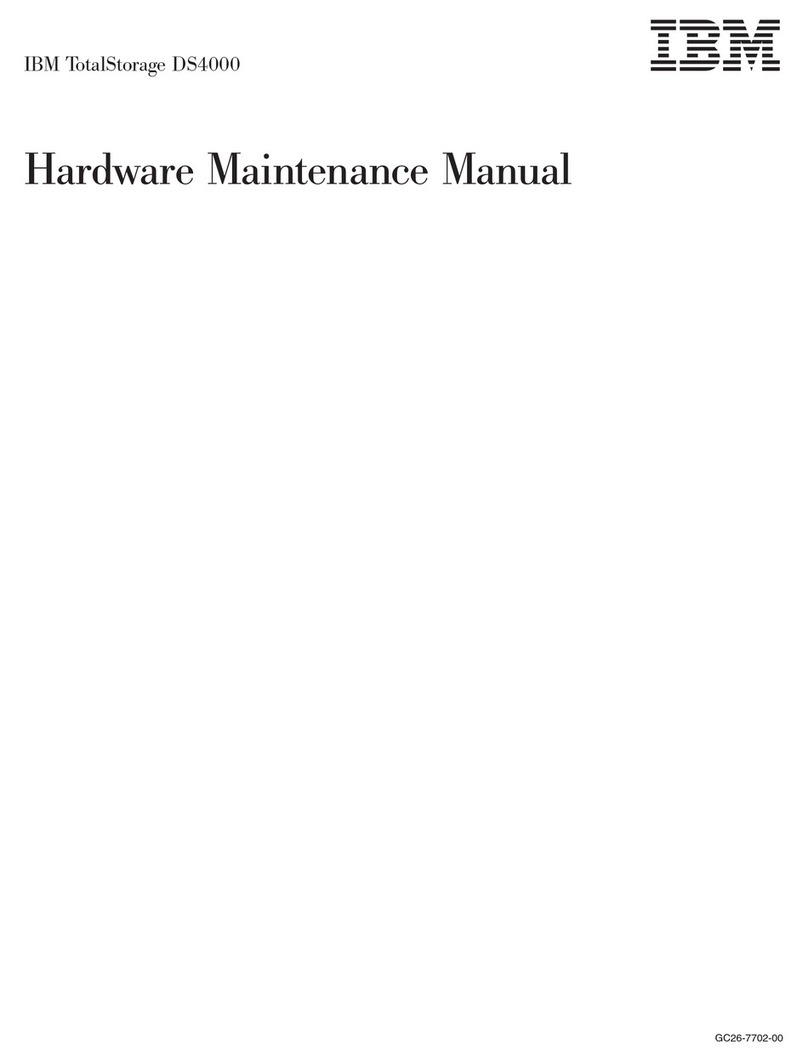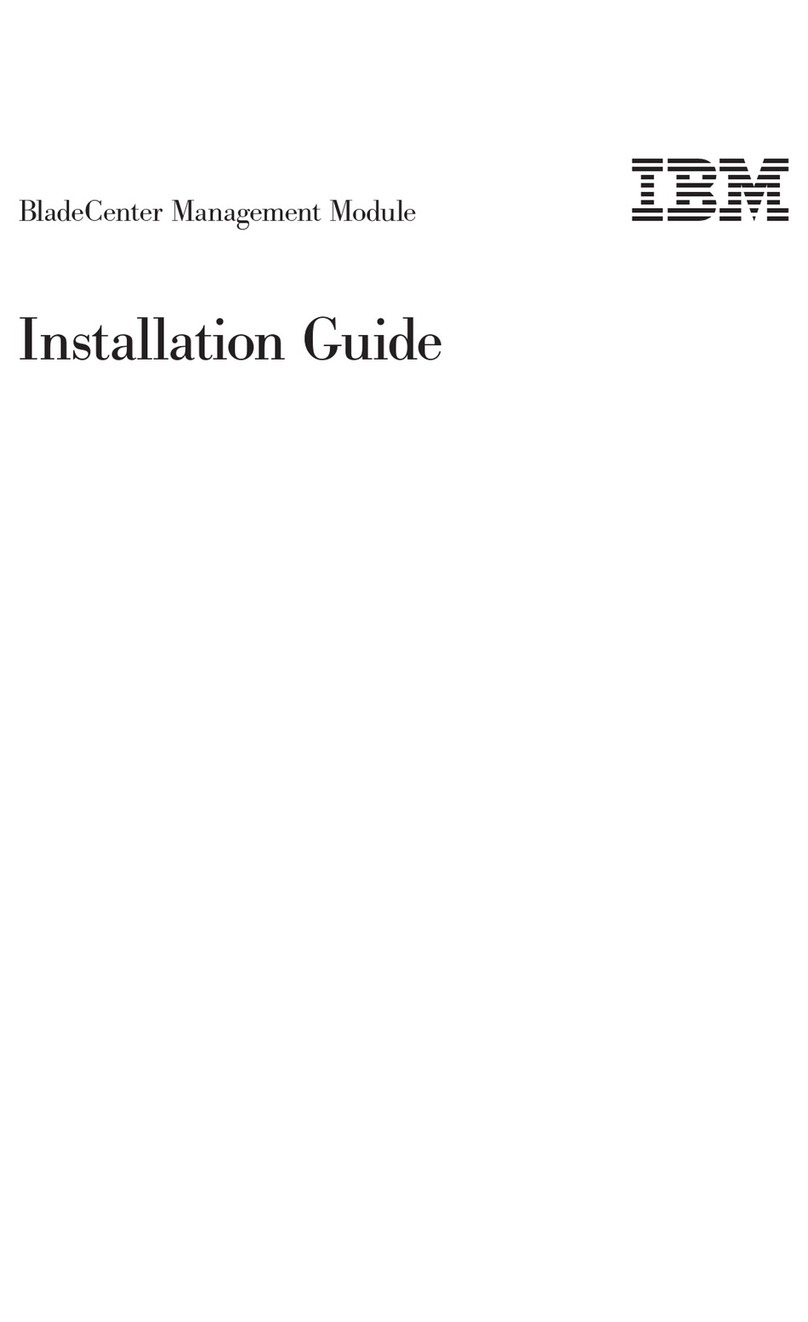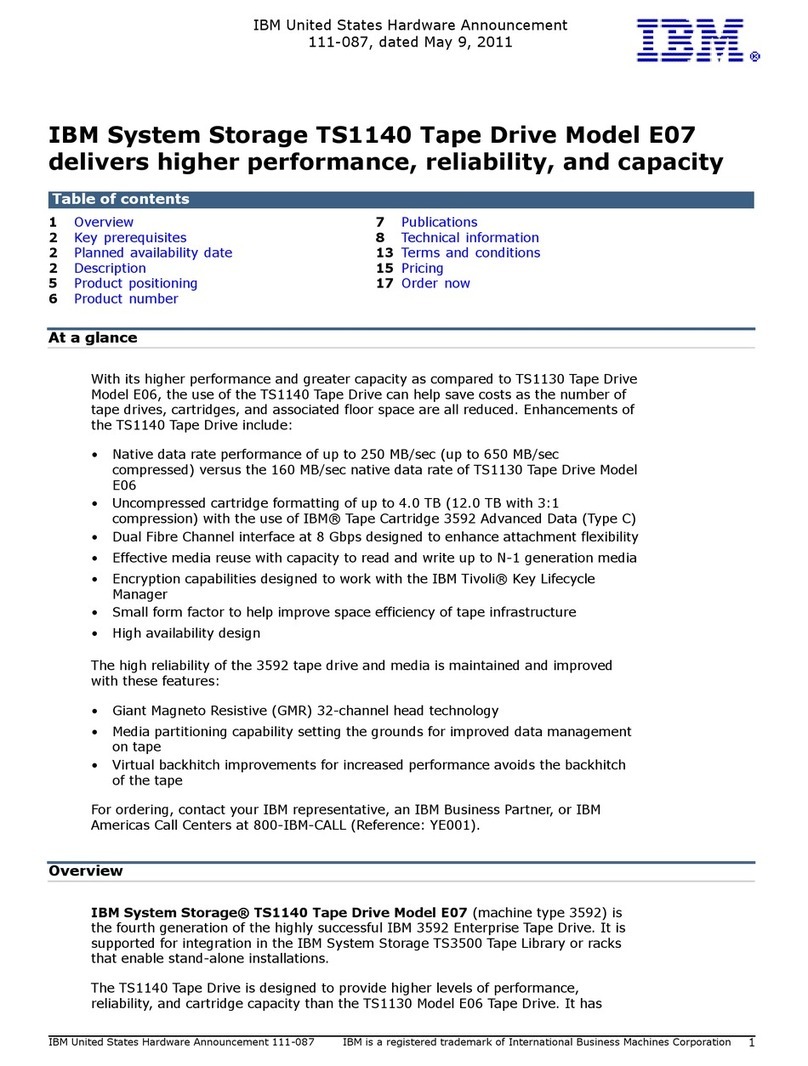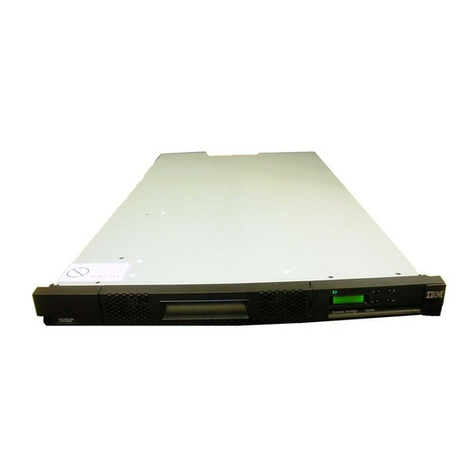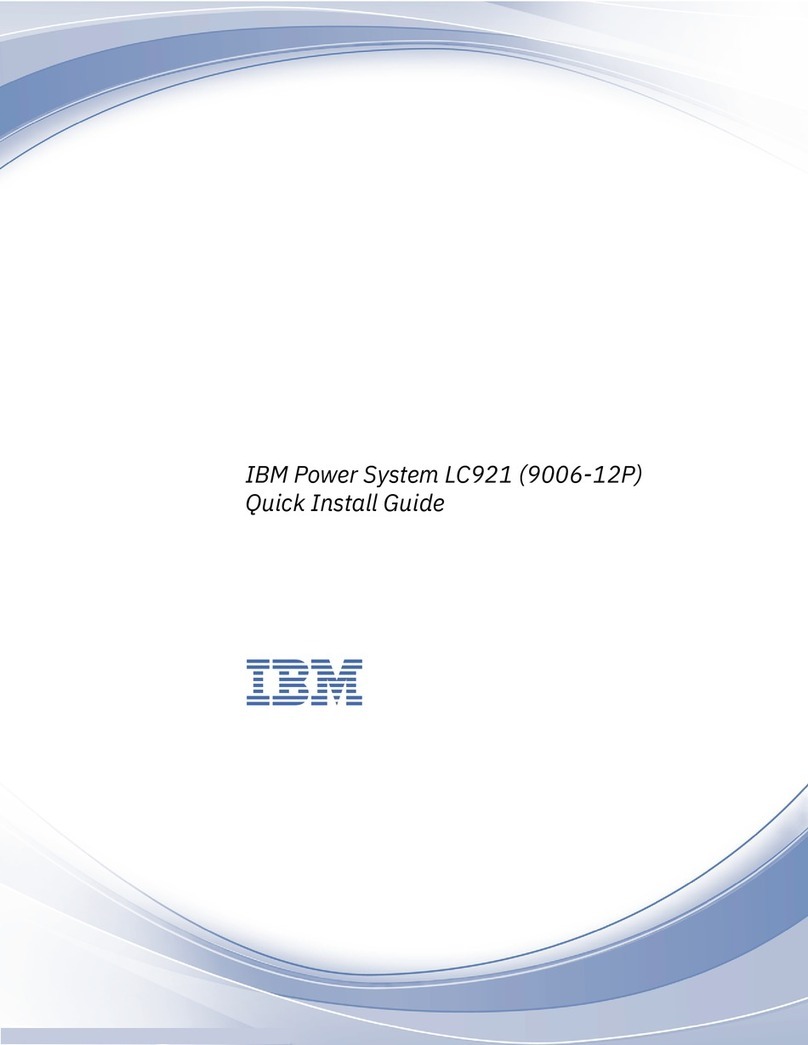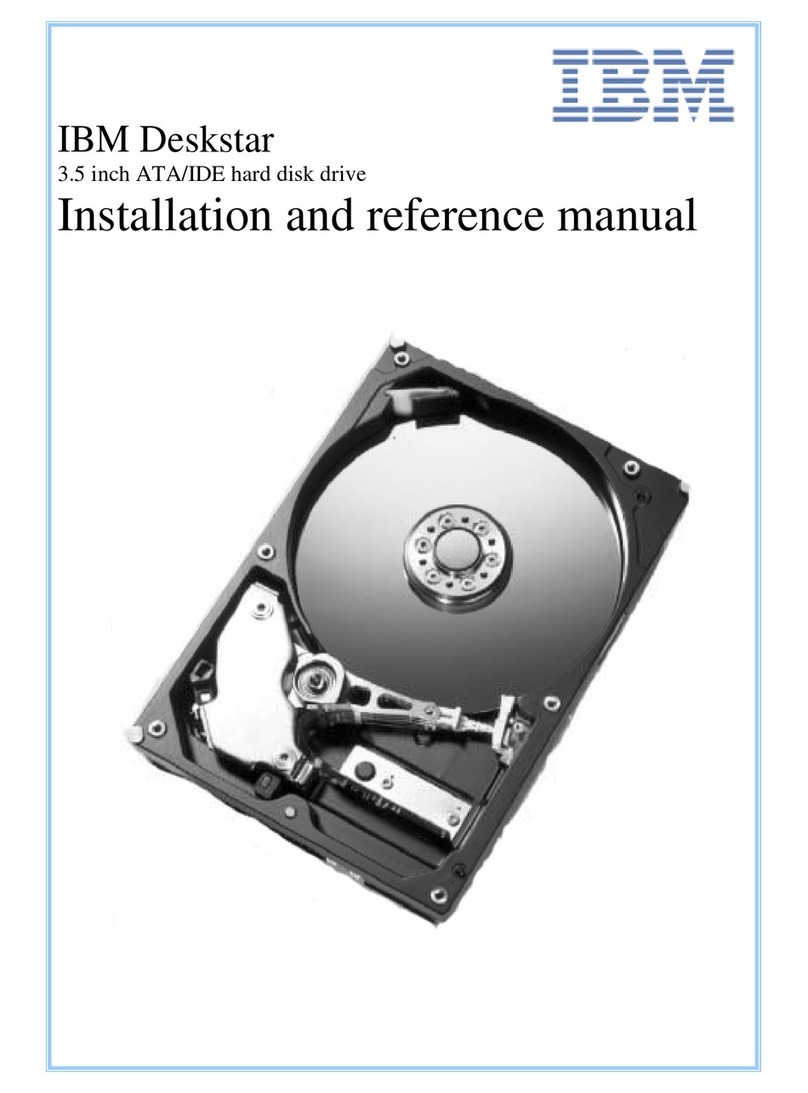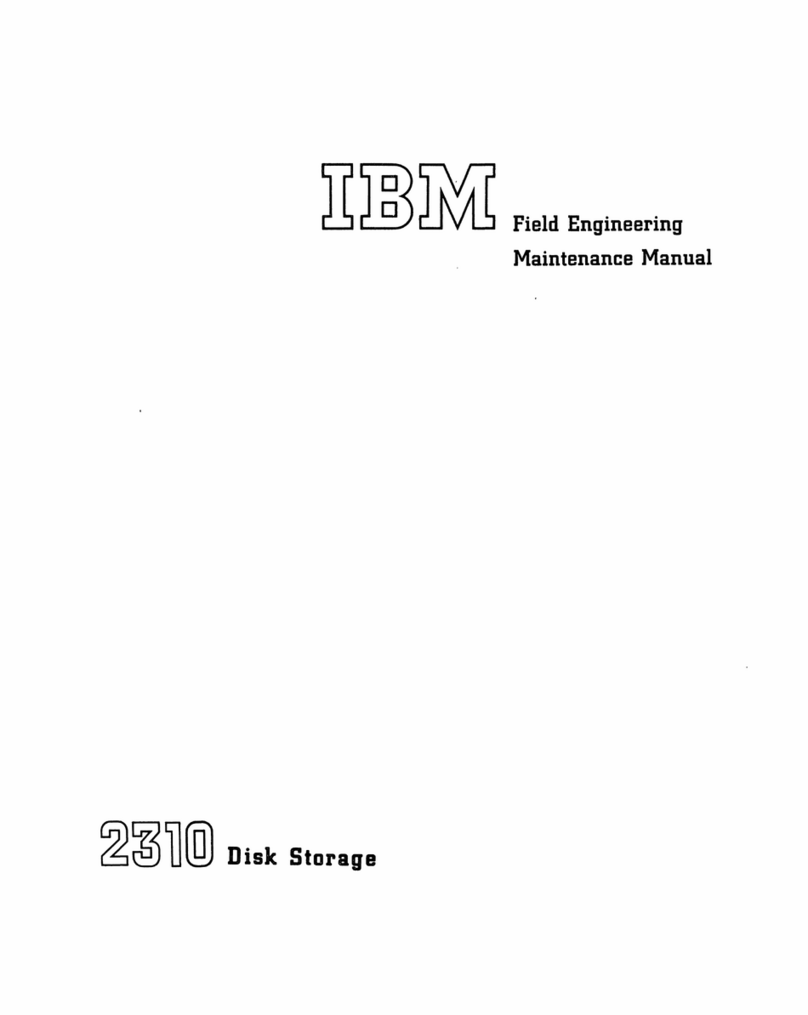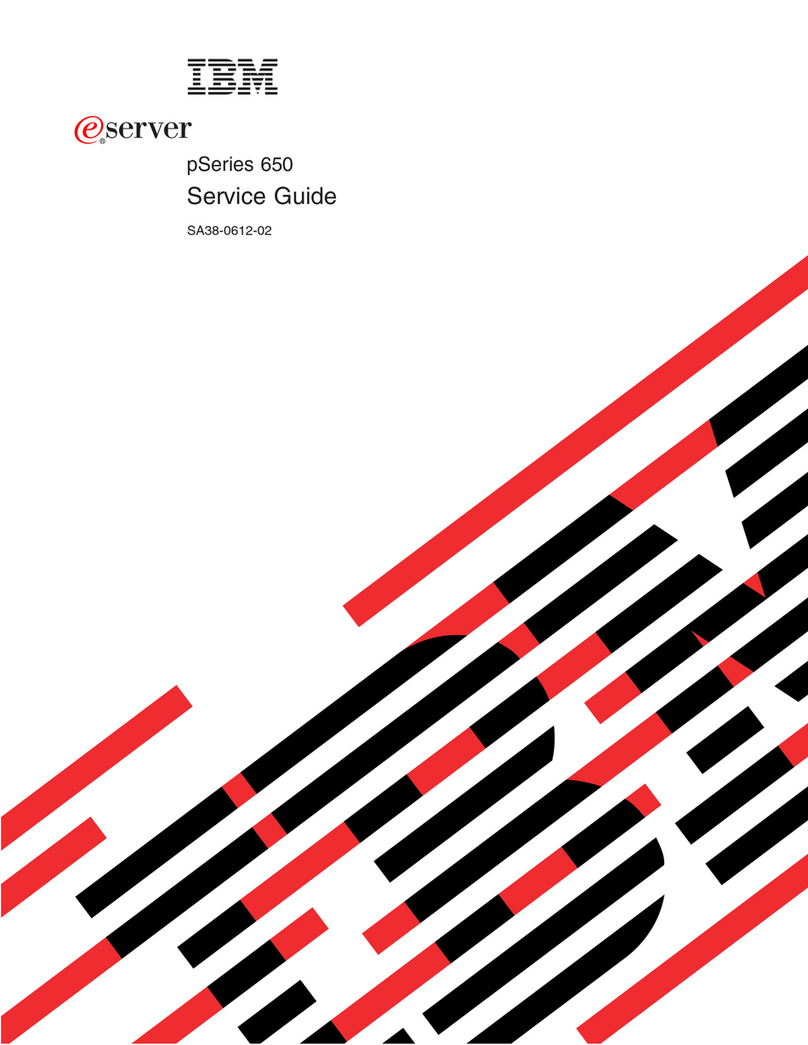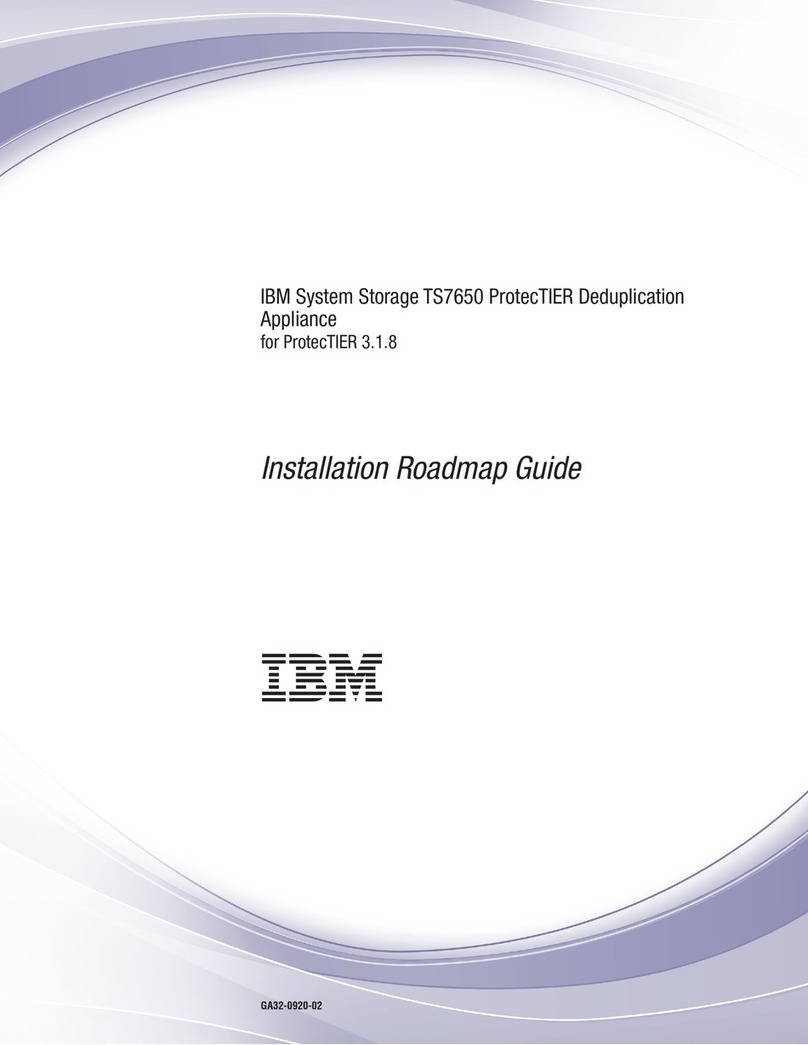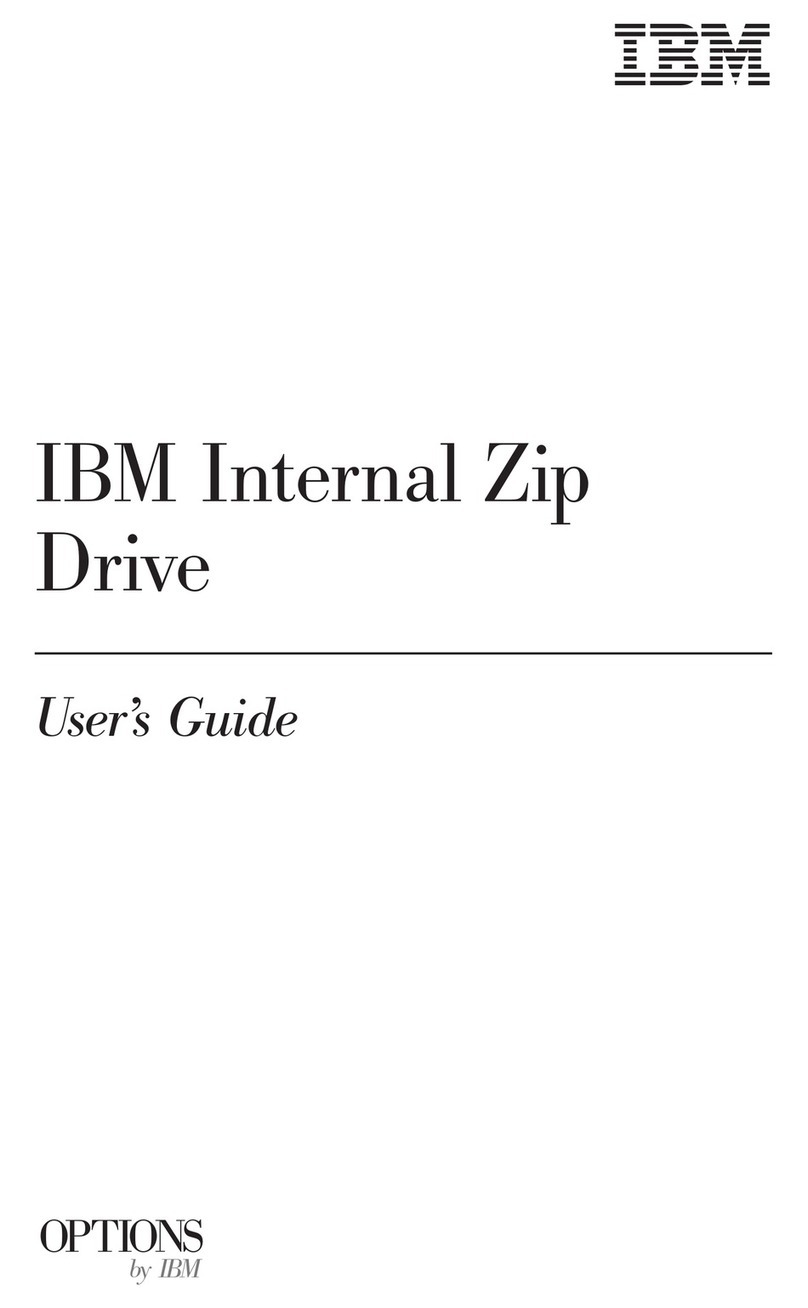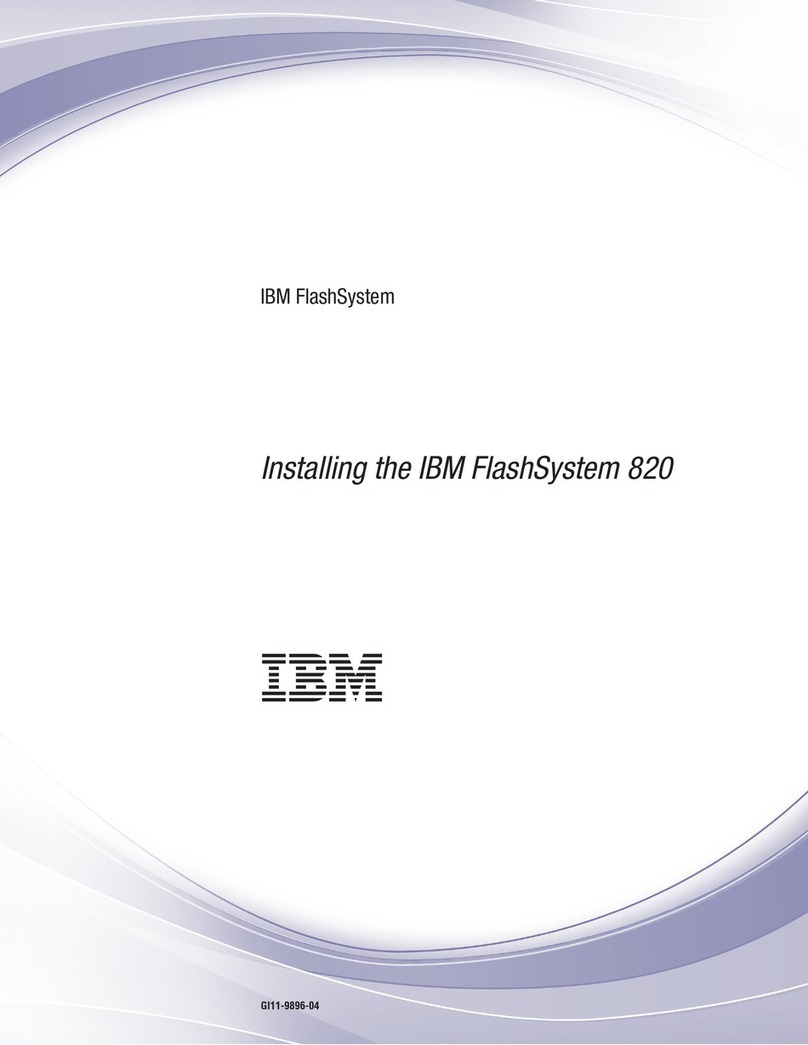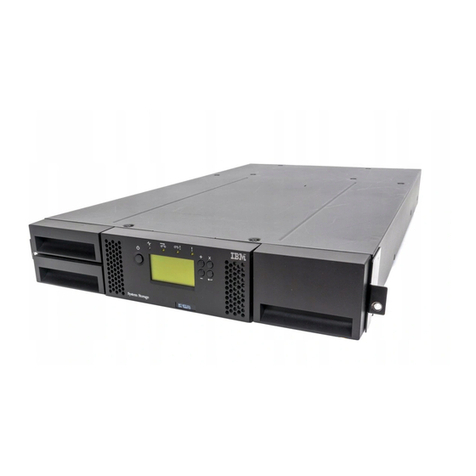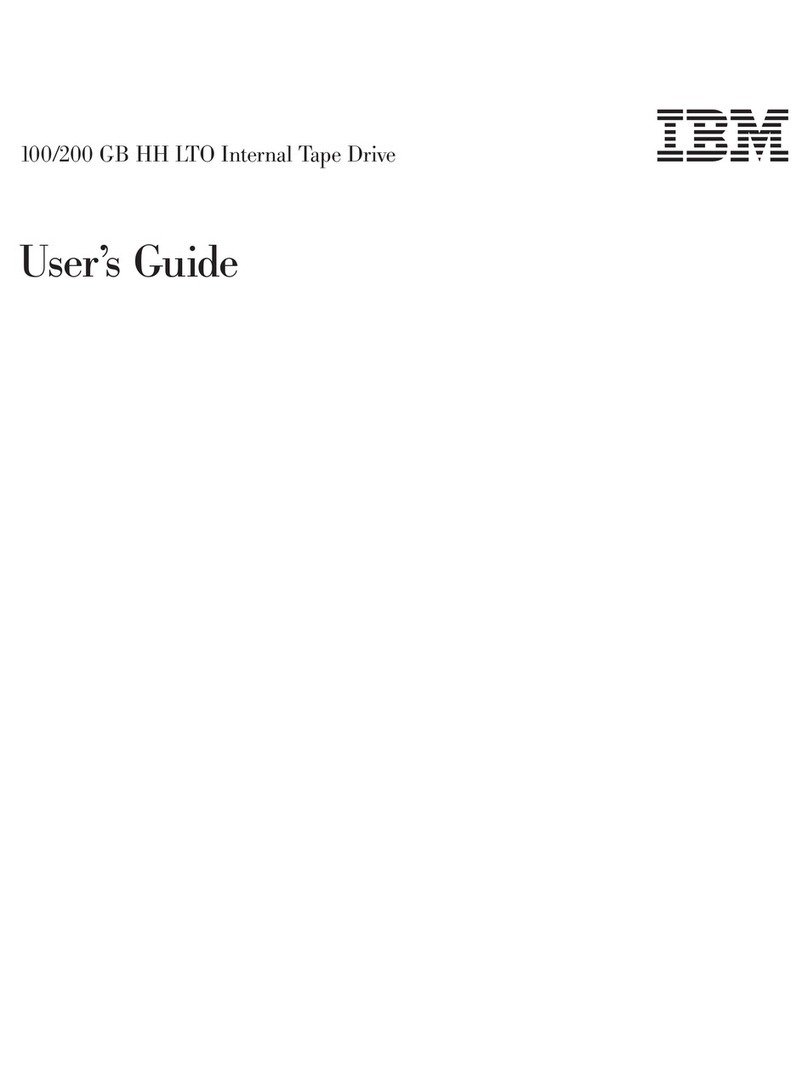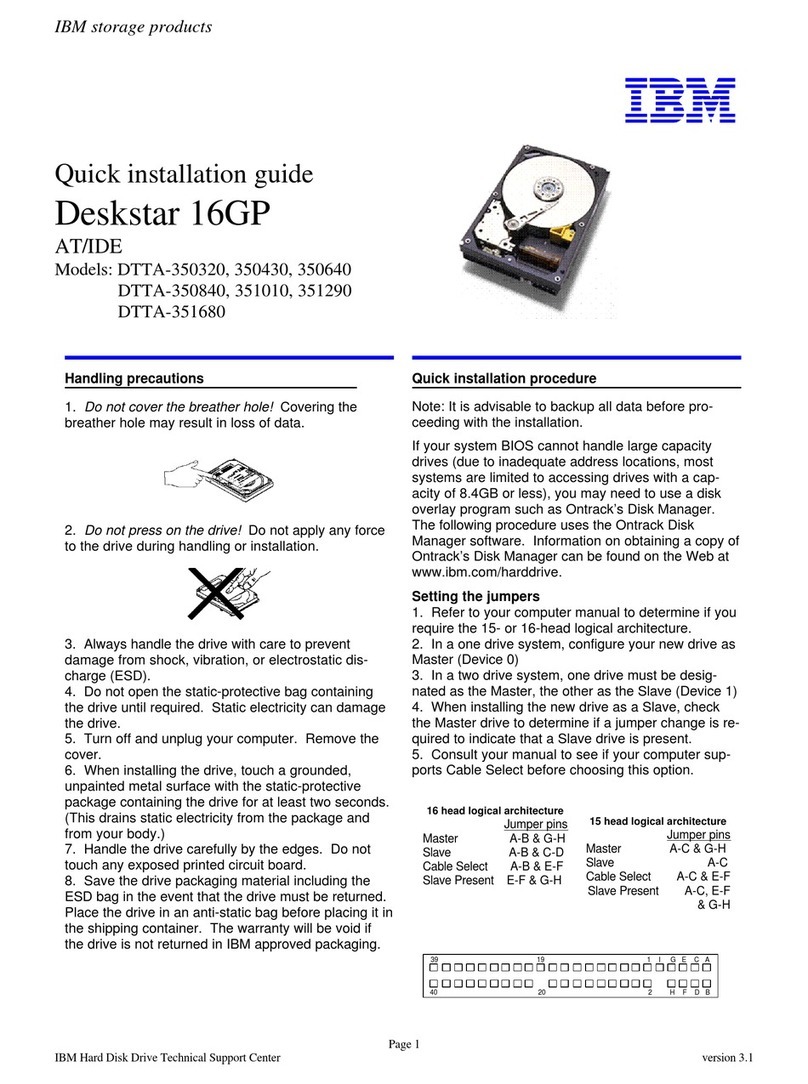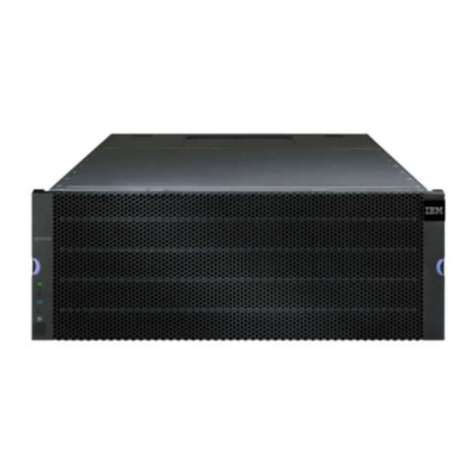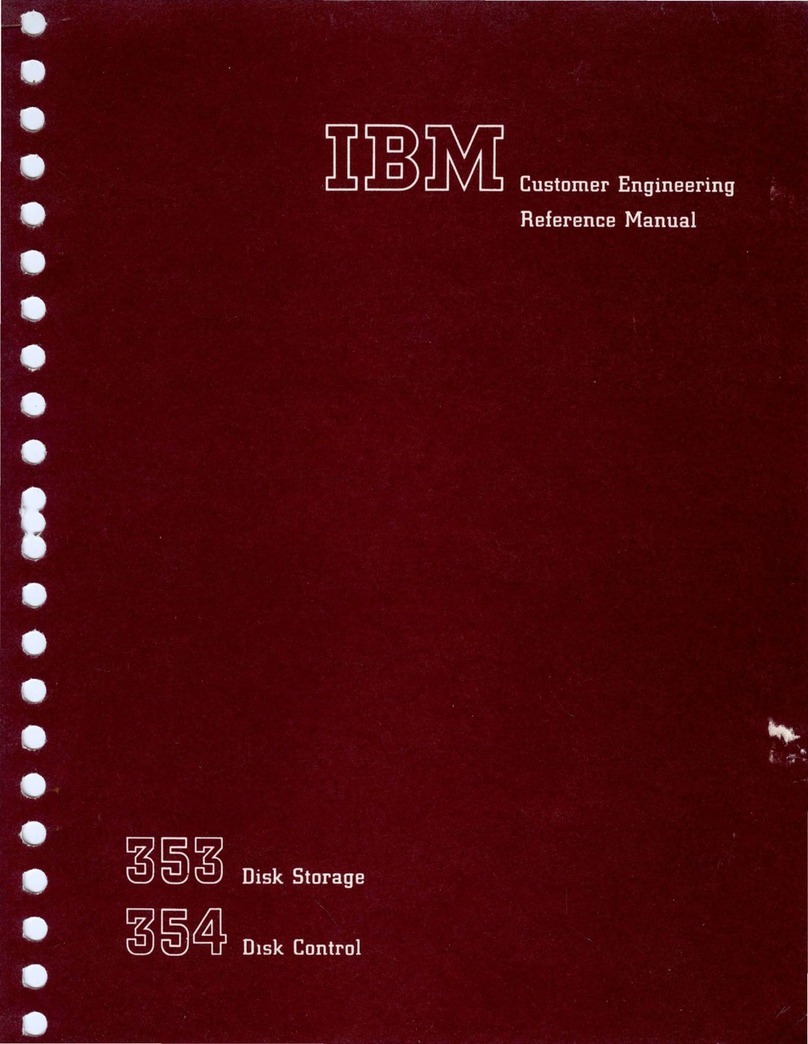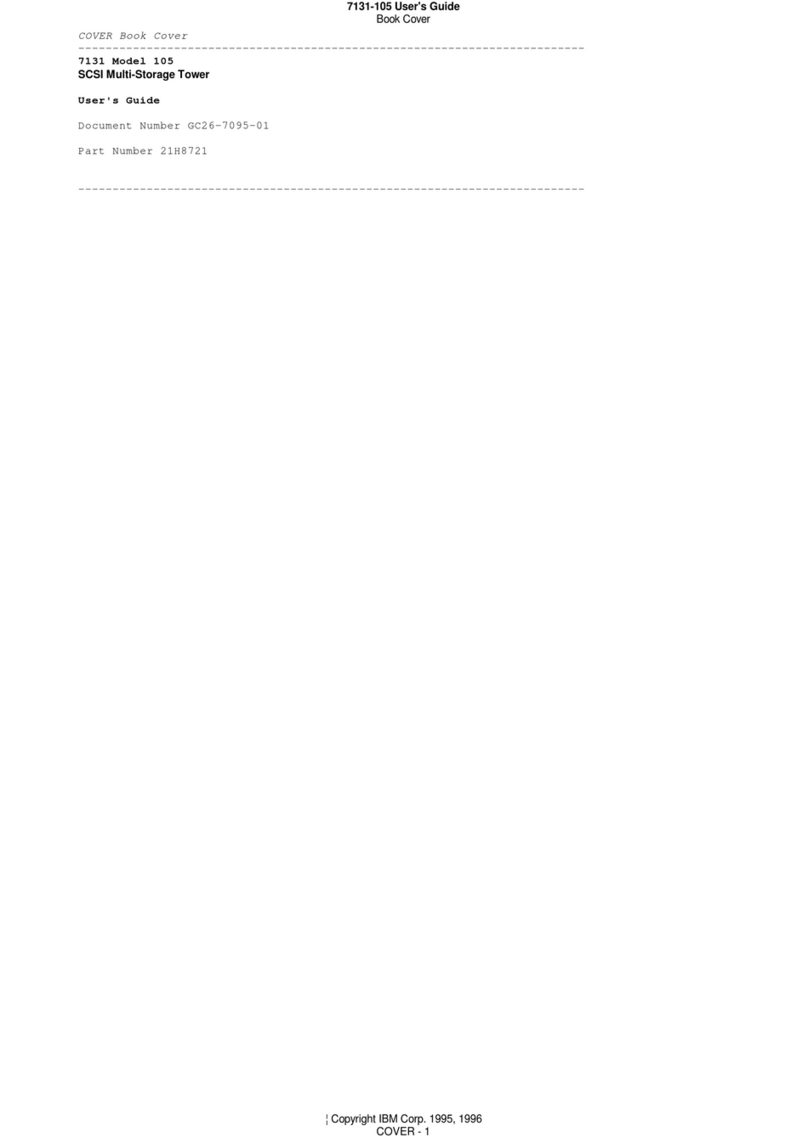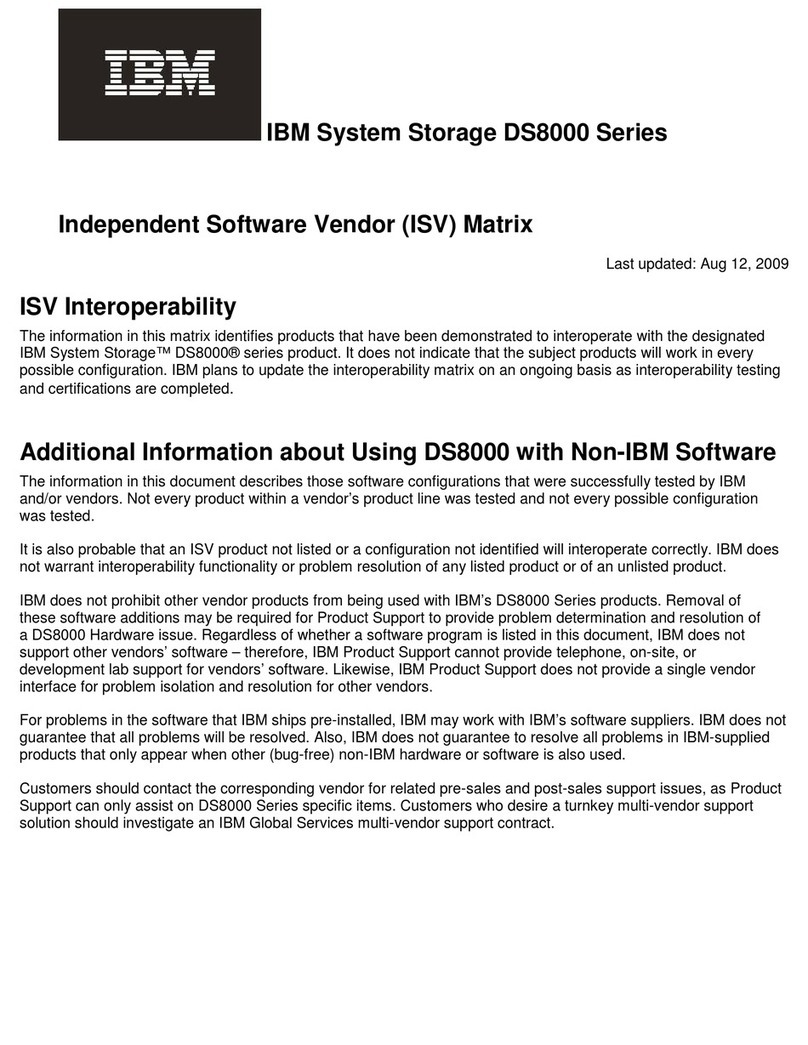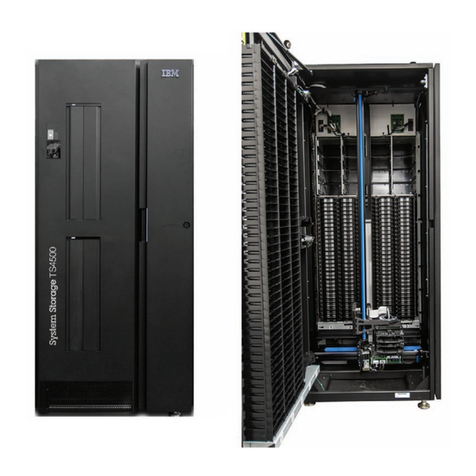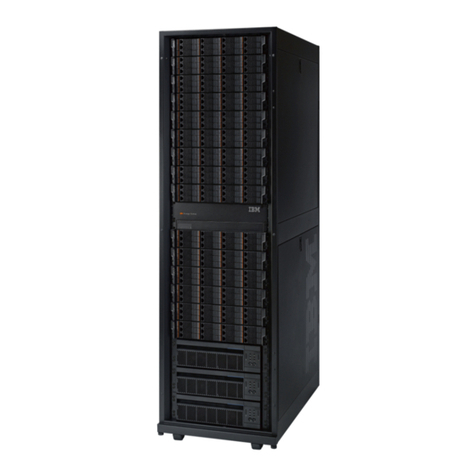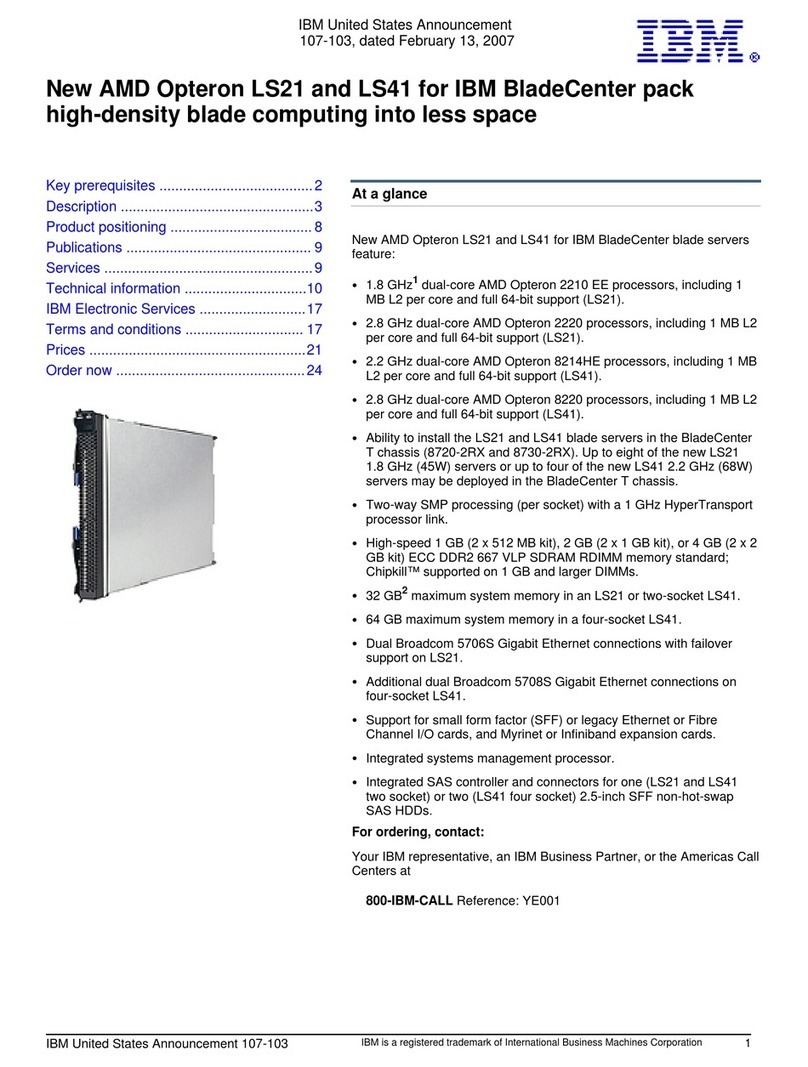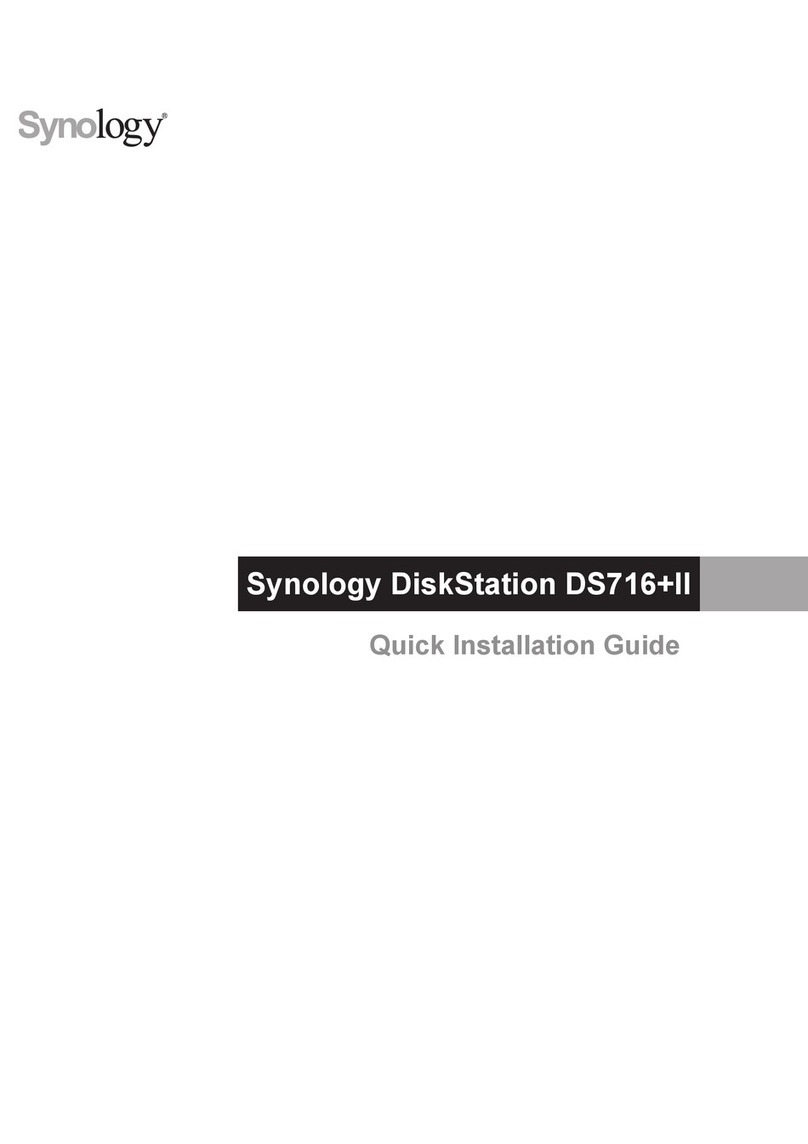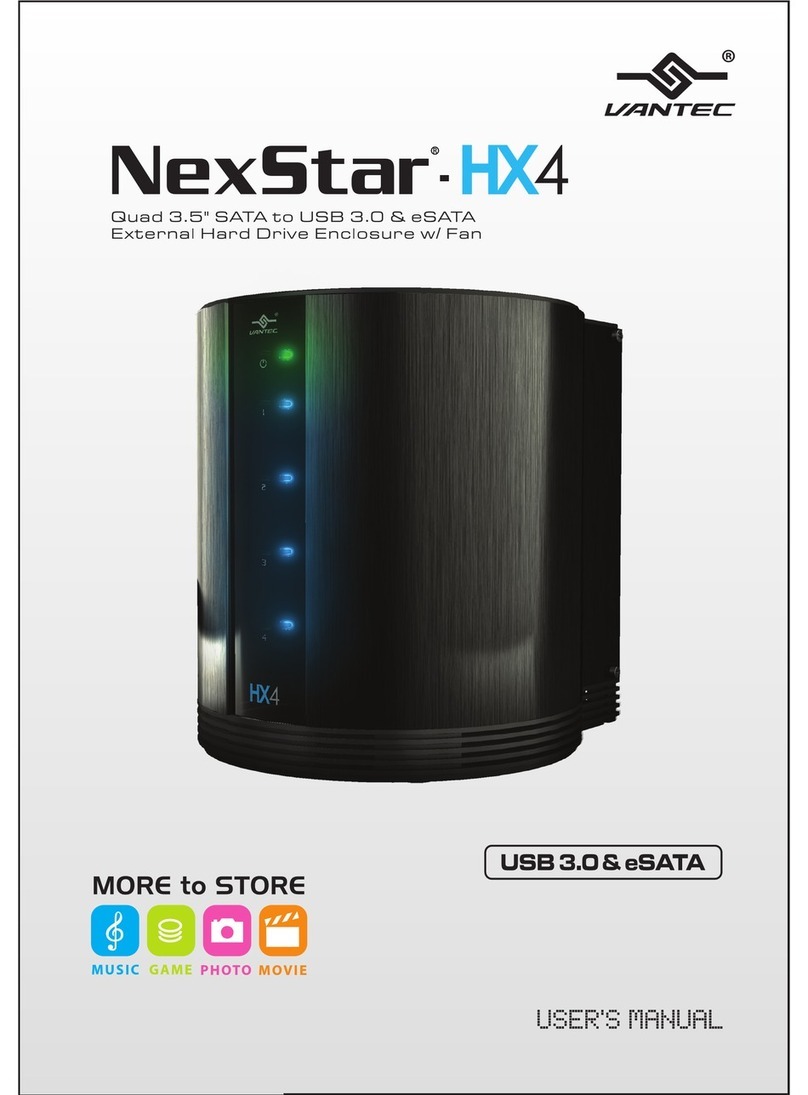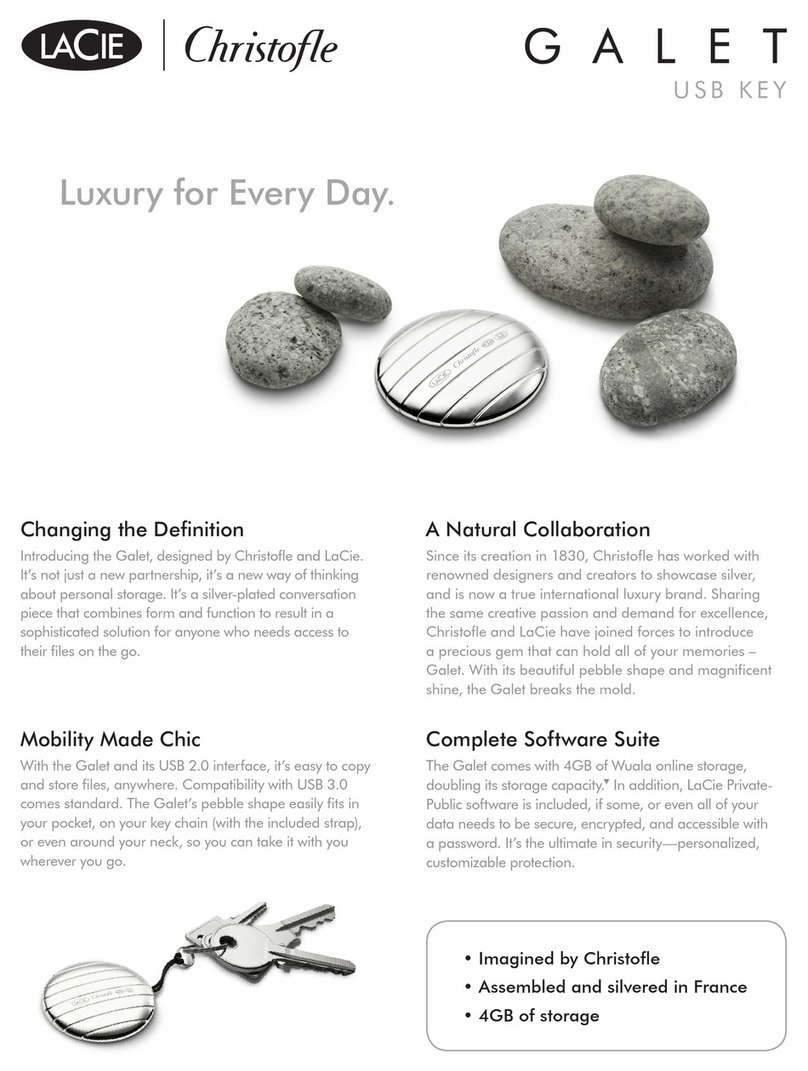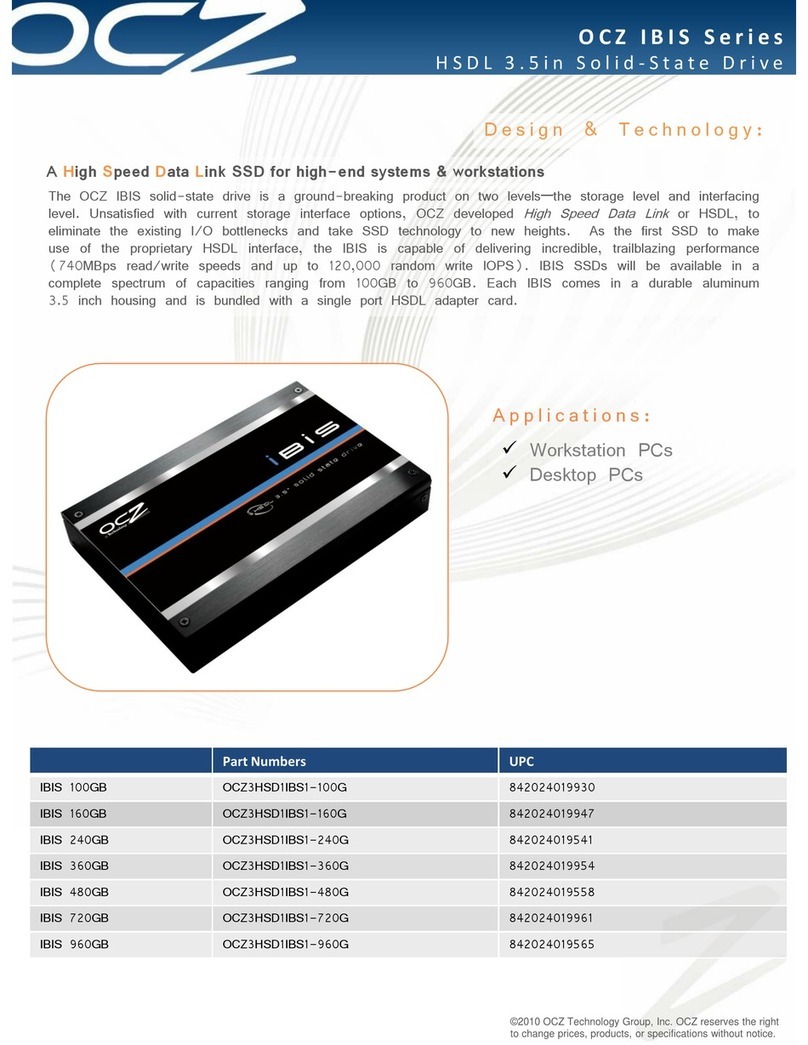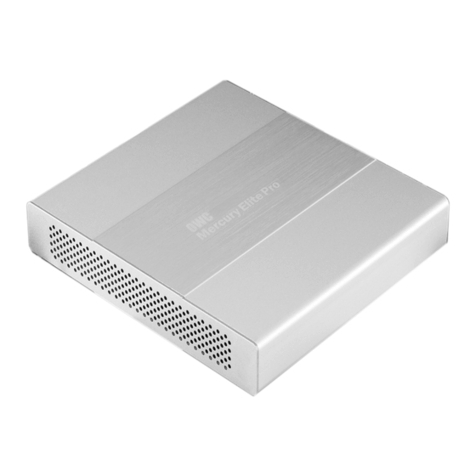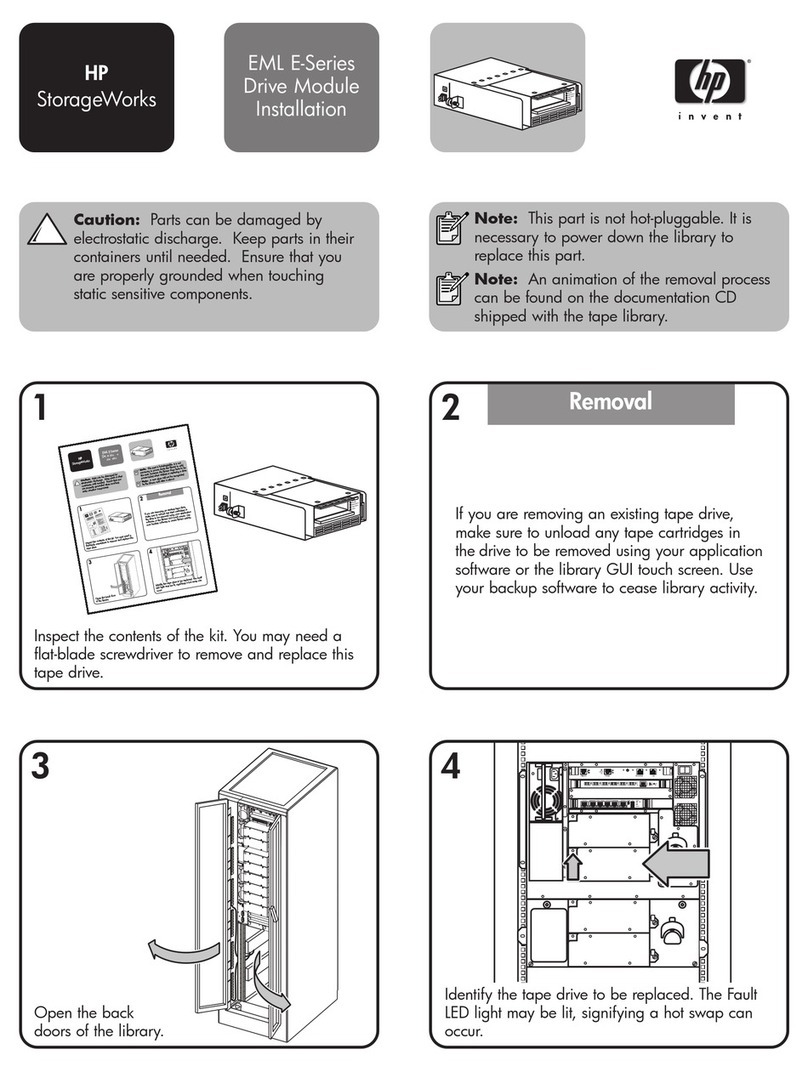
Tape
Transport
Read
Back
Checking
Full-Width
Erasure
File
Protection
Rewinding
3420
Models
4,
6,
and
8
A single, direct-drive capstan moves tape forward
or
backward. Air bearings
reduce friction and tape wear since the oxide (recording) tape surface contacts
only the
read/
write head, the erase head, and the tape cleaner. Short, tapered
vacuum columns greatly reduce tape inertia when starting and stopping tape. The
tapered columns and single-drive capstan start and stop tape quickly and
smoothly.
A two-gap
read/
write head allows read back checking during a write operation.
Moving forward tape passes first the write gap, then the read gap.
An erase head applies a strong magnetic field that erases the entire width
of
tape
during write operations. Full-width erasure prevents interchangeability problems
when tape
is
written on one tape unit and read
on
another; it also reduces the
chances of leaving extraneous bits in interblock gaps or skip areas.
During a write, write tape mark, or erase operation, the tape unit monitors the
erase head operation. On a 3420 Model 4, 6, or 8 an erase head failure drops
tape unit ready status and halts tape motion.
On
a 3420 Model 3, 5, or 7 an
erase head failure sets
UNIT
CHECK, but does not drop ready status.
A write enable ring must be present in the
file
reel when writing. To avoid
destroying information on tape, remove the write enable ring. A reel without the
ring
is
"file-protected." The FILE PROTECT indicator remains on when a reel
without a file protect ring
is
mounted and no writing can occur.
Tape remains in the vacuum columns during rewind operations. Rewind ends
when a photocell senses a beginning-of-tape (load point) reflective marker on
tape.
During a rewind/unload operation, tape
is
rewound completely onto the file reel.
The tape unit
is
left in unloaded status, with the tape reel latch unlocked and the
window open, allowing the operator to remove the file reel.
The 3420 Models 4, 6, and 8 have the following added capabilities and features:
• 6250 BPI capability.
• 0.3-inch IBG.
Nominal data rates of 1250, 780, or 470
Kb/sec
at 6250 BPI.
• Improved access times.
• Prec:1e motion control
of
the media to achieve faster data access times.
6250 BPI or
6250/1600
BPI density features.
• Automatic read amplification.
New tape cleaning mechanism.
3420 Models 3, 5, and 7 can be converted to 3420 Models 4, 6,
and
8.
10 3803-2/3420 Subsystem Description

